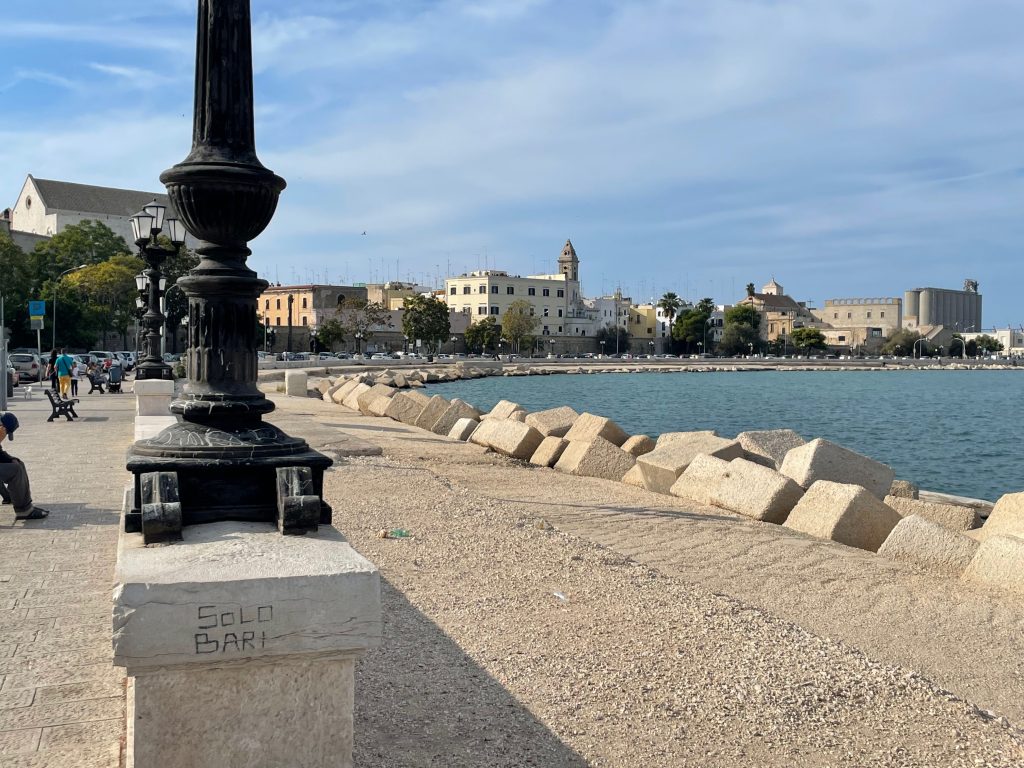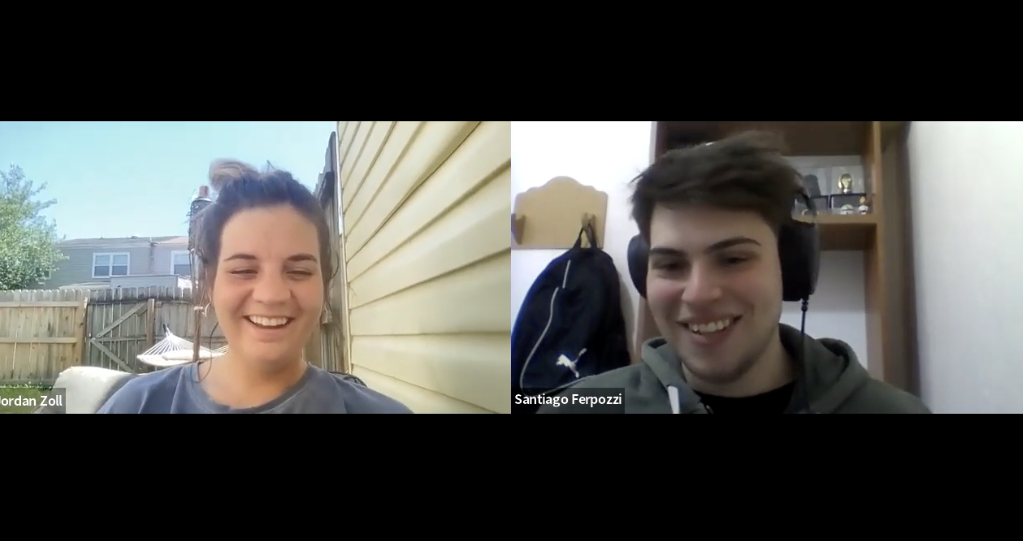Exploring Culture
One cultural practice that we learned about and that described me was different Hispanic countries’ views on body image and positivity.
It was interesting to learn that while some Spanish speaking countries are on board with the body positivity movement that has become so present in pop culture, other countries find the movement to be unnecessary. In these countries, they view bodies differently, and do not conform to the same beauty standards that we do in the United States. It was surprising to find out that in some places, the body positivity movement is not celebrated, but after learning about their perspective on people’s bodies, and that not everywhere has such unrealistic ideals about how people should look, it makes sense.
Engaging in Communities
It is important to engage in different communities because it offers multiple perspectives on life and the world around us. It also allows us to experience life through other people’s point of view and learn more about one another.
I have been fortunate enough to be able to travel to other countries and experience the lifestyles of communities that are different from ours. Although I have not visited any Spanish speaking countries, I have been able to recognize certain traits and customs that align with those we have learned about in my Spanish classes. For example, the way people interact with one another in Italy was quite similar to how we’ve learned about interactions between people in Spanish speaking countries, especially Spain.

Interpersonal Communication
My favorite interpersonal activity was our collaboration with UNRaf students. In this activity, we had Zoom meetings where we were able to discuss different aspects of our lives.
I found the UNRaf collaboration to be very rewarding. Since I am still fairly new at Spanish, I had some difficulty with communicating all of my thoughts and what I needed to say in Spanish. My partner, however, was able to help me out with bridging that language barrier, and I was able to help him when needed as well. It was very interesting to learn about his life in Argentina, and about the sights and culture around him. I was not familiar with information about the country before, so it was interesting to get a perspective from someone who grew up there.

Presentational Speaking
One presentation activity I participated in was introductions at the beginning of the semester. This was fairly easy because I was able to use vocabulary I had already learned in previous semesters. Later on in the semester, I had to do another introduction for our UNRaf collaboration. This was slightly more challenging because it needed to be more in depth, and got more into the vocabulary I have learned throughout this semester.
Interpretive Listening
In addition to Spanish conversations I participated in, I also had to engage in interpretive listening on LingroLearning assignments and when watching videos that we took quizzes on.
One way I supplemented my interpretive listening skills was by listening to a Spanish speaking podcast for people learning Spanish. The podcast I listened to was a mystery that was supplemented by Spanish experts explaining some of the more complicated bits. I have also put on my favorite TV show in Spanish on Netflix in the background while I do household chores. Since I have seen the show many times, I can use what I know and the visual aids to help figure out what the characters are saying.
Interpretive Reading
One interpretive reading activity I completed this semester was exploring websites written in Spanish. For example, we did an activity that involved reading about the body positivity movement in a Spanish speaking country. I chose Spain, and therefore had to explore Spanish websites and articles to see where the country stands on the movement. I enjoyed this activity because it involved a topic I am interested in. It was somewhat of a challenge to read articles with many words I have not yet seen in class, but it was not hard to find their translations.
